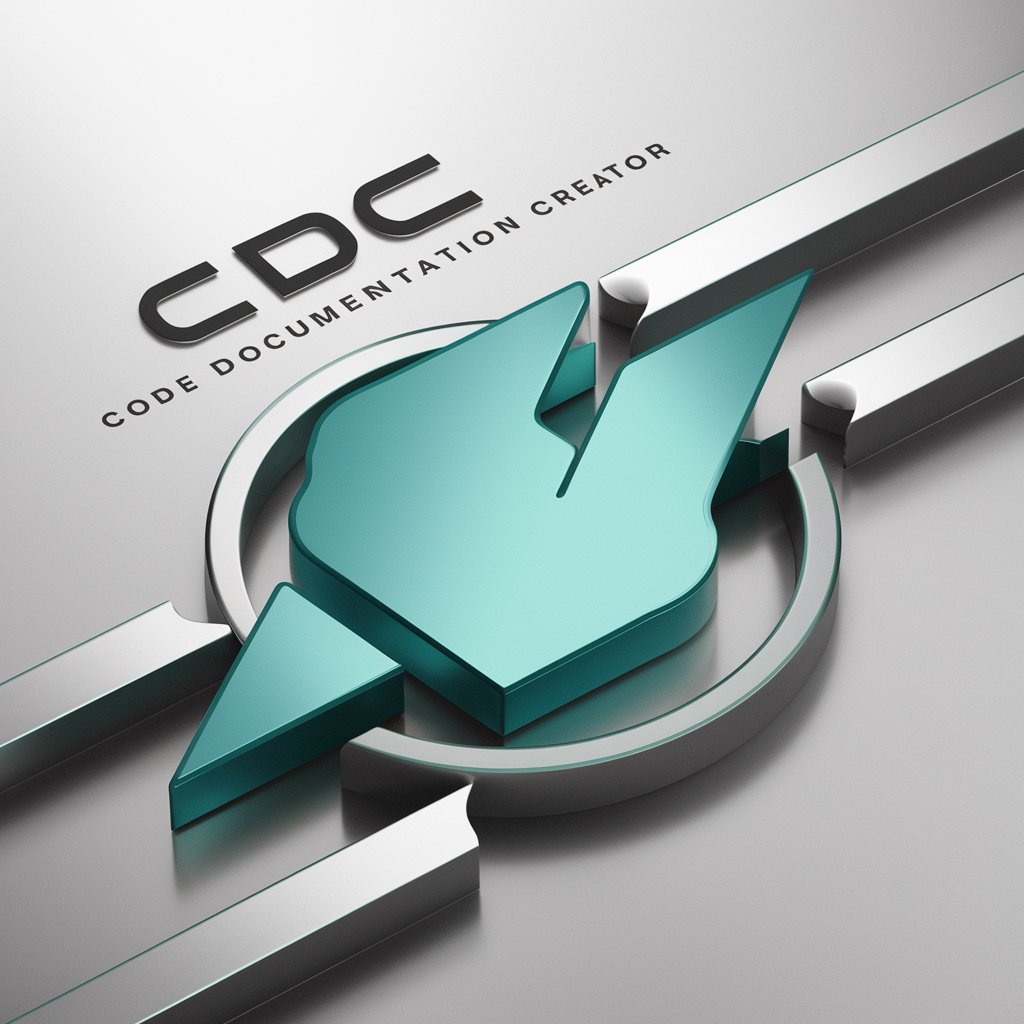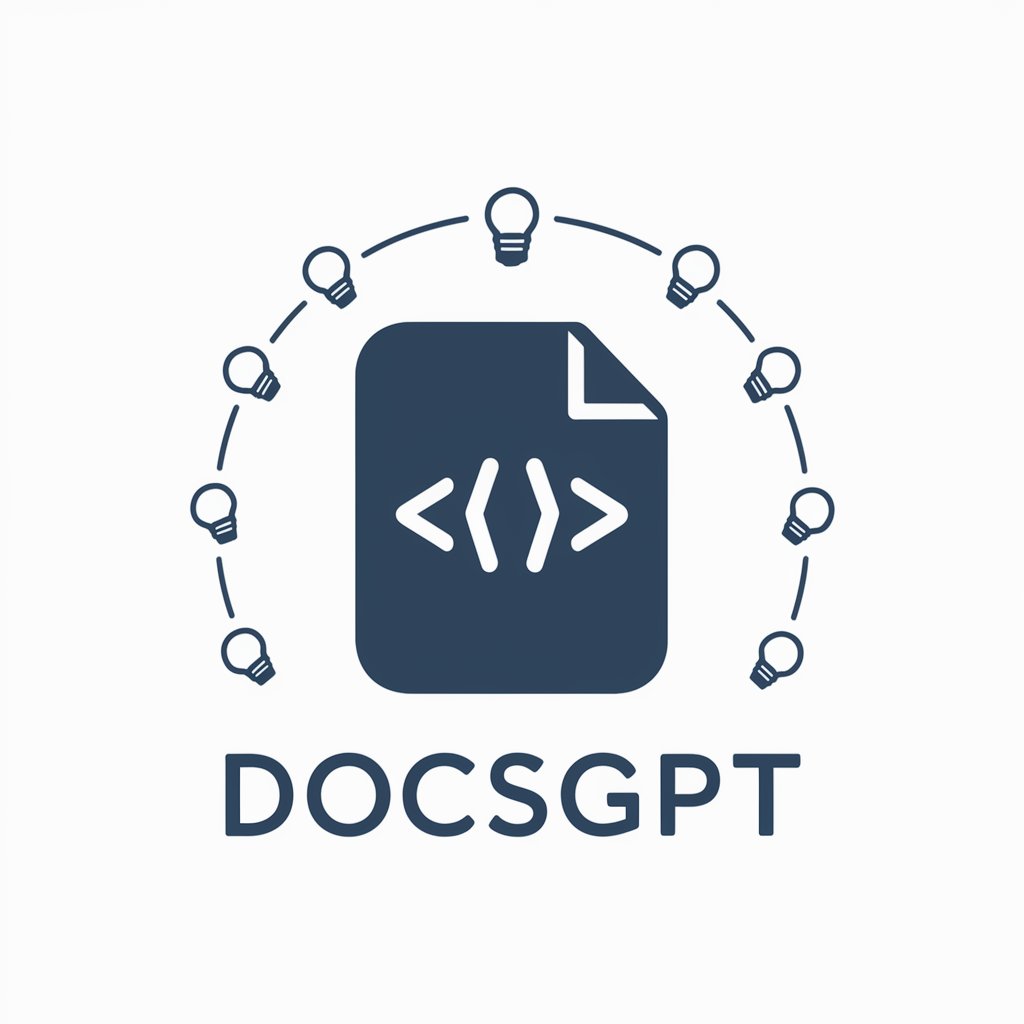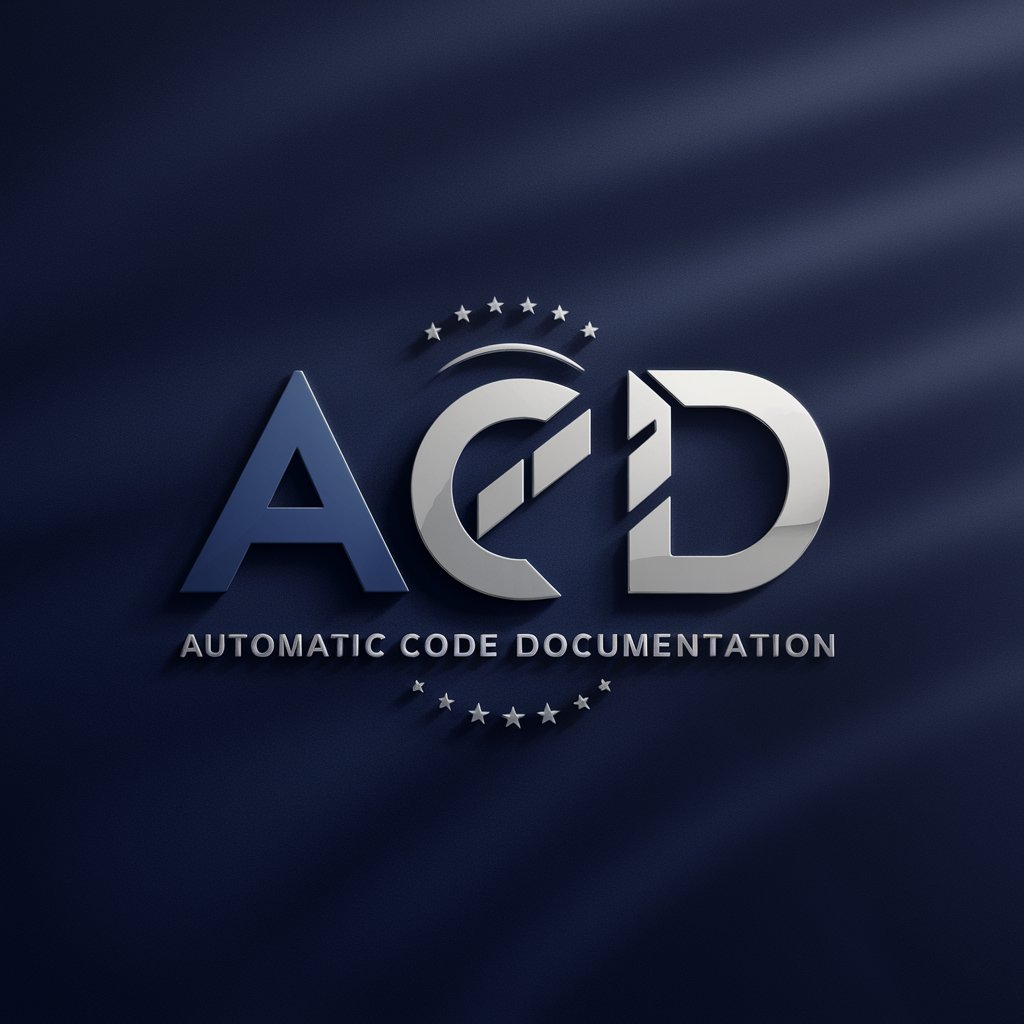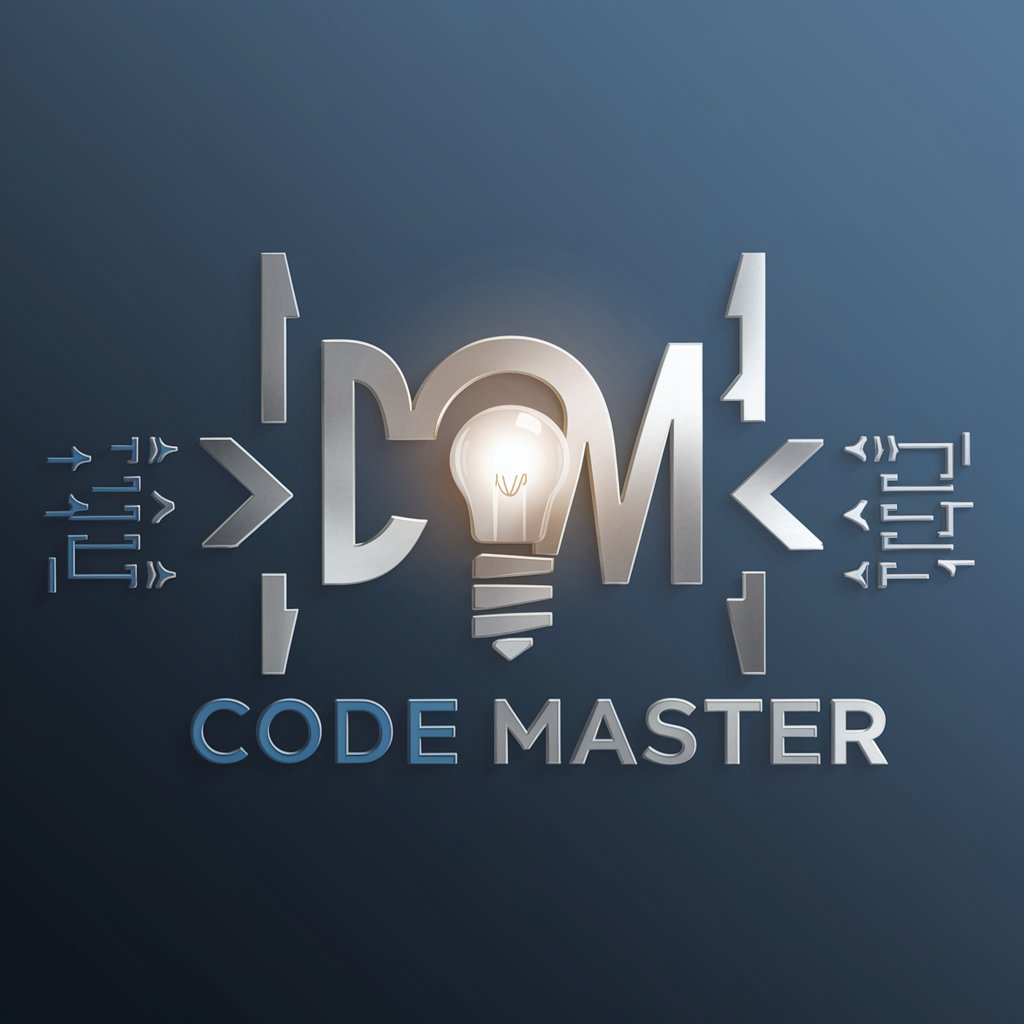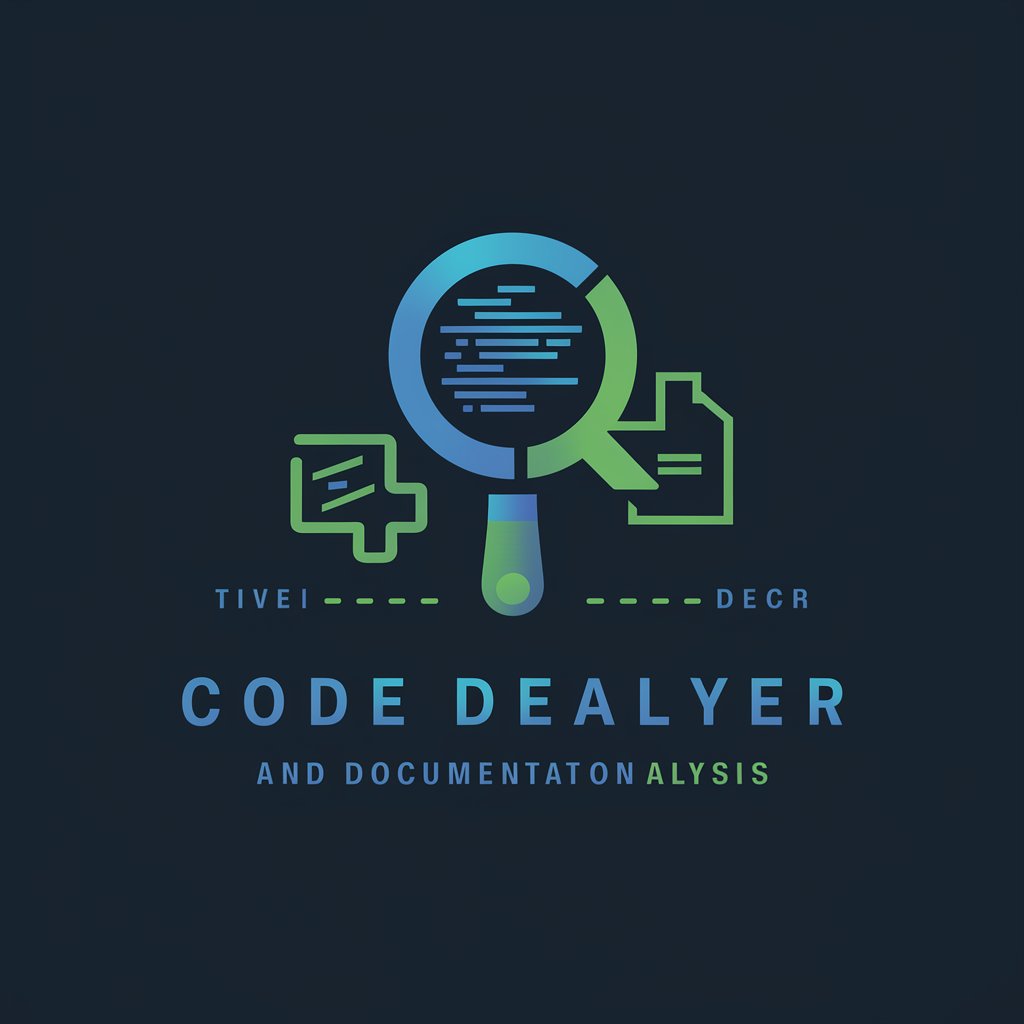
Doxygen Documentation - Easy Documentation Generation

Welcome to Doxygen Documentation. Let's make your code clear and well-documented!
Automating Your Documentation Workflow
Create a Doxygen-style documentation for a C++ class handling file I/O operations.
Generate a file header for a Python script that processes data from an API.
Write documentation for a Java method that sorts an array using quicksort.
Develop a Doxygen file description for a JavaScript module managing user authentication.
Get Embed Code
Introduction to Doxygen Documentation
Doxygen Documentation is a specialized tool designed for creating comprehensive and structured documentation for various programming languages. Its core function is to analyze source code files, extracting comments and structure to produce detailed, navigable documentation that includes descriptions of classes, variables, functions, and other elements. This documentation aids in understanding, maintaining, and collaborating on software projects. An example scenario illustrating its utility could involve a software development team working on a large-scale project. Using Doxygen, the team can generate documentation automatically from their source code, making it easier for new members to get up to speed, for developers to understand the usage of different parts of the system, and for maintaining the software over time. Powered by ChatGPT-4o。

Main Functions of Doxygen Documentation
Automatic Documentation Generation
Example
Given a project with numerous classes and methods, Doxygen can traverse through the codebase, identifying annotated comments and generating documentation for each class, method, and variable accordingly.
Scenario
A development team is tasked with updating and extending an existing software project. Using Doxygen, they generate up-to-date documentation, which helps new team members understand the project structure and existing APIs quickly.
Cross-Referencing and Hyperlinking
Example
Doxygen automatically creates links between documentation sections, such as from a function call in one class to the documentation of the function definition in another class.
Scenario
While reviewing the generated documentation, a developer clicks on a function name and is immediately taken to the detailed documentation of that function, including parameters, return type, and a list of calling locations, facilitating a deeper understanding of code dependencies.
Support for Multiple Programming Languages
Example
Doxygen supports a wide range of programming languages including C++, Java, Objective-C, Python, and others, allowing for the documentation of projects that span multiple languages.
Scenario
A software project comprises a backend written in C++ and a frontend using JavaScript. Doxygen can be used to document both parts in a unified format, simplifying documentation management across the project.
Ideal Users of Doxygen Documentation
Software Developers
Developers at all levels can utilize Doxygen to create, maintain, and understand software documentation. It is particularly beneficial for large, complex projects where keeping track of all the components can be challenging.
Project Managers and Team Leads
Project managers and team leads benefit from using Doxygen by having a consistently updated and accessible documentation resource, which is crucial for onboarding new team members, facilitating knowledge transfer, and overseeing project progress.
Academic Researchers and Students
In academic settings, students and researchers working on software projects can use Doxygen for documenting their work, making it easier to share and review code within research groups or for educational purposes.

How to Use Doxygen Documentation
Begin Your Journey
Start by exploring Doxygen Documentation without any commitments by visiting a site that offers a free trial without requiring login details or a subscription to premium services.
Download and Install
Download the Doxygen tool from its official website. Ensure your system meets the necessary requirements, such as having a compatible operating system and sufficient storage.
Configure Doxygen
Create a configuration file by running Doxygen with the '-g' option. This file dictates how your documentation is generated. Customize settings according to your project needs.
Document Your Code
Insert Doxygen-formatted comments directly above the code elements you wish to document. Use the appropriate tags for descriptions, parameters, returns, etc., to ensure clarity and completeness.
Generate Documentation
Run Doxygen with your configuration file to generate the documentation. Review the output for accuracy and completeness, and adjust your comments or configuration as needed.
Try other advanced and practical GPTs
Documentation simplifier
Simplify your documents with AI

Documentation Explorer
Empowering documentation exploration with AI.
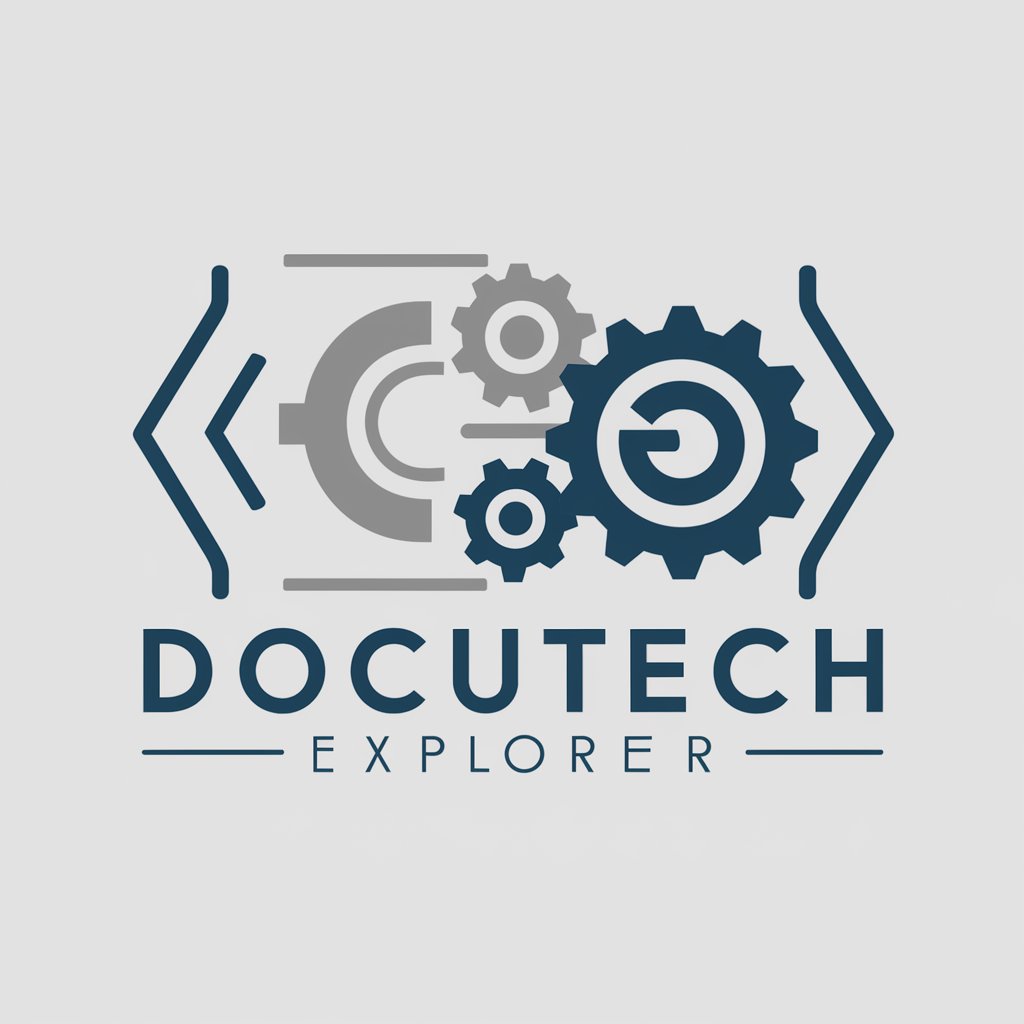
Azure Documentation
Empowering Innovation with AI-Enhanced Azure Insights

Documentation GPT
Automate your code documentation effortlessly.

Instructor Documentation
Simplify language model interactions with structured Python integration.
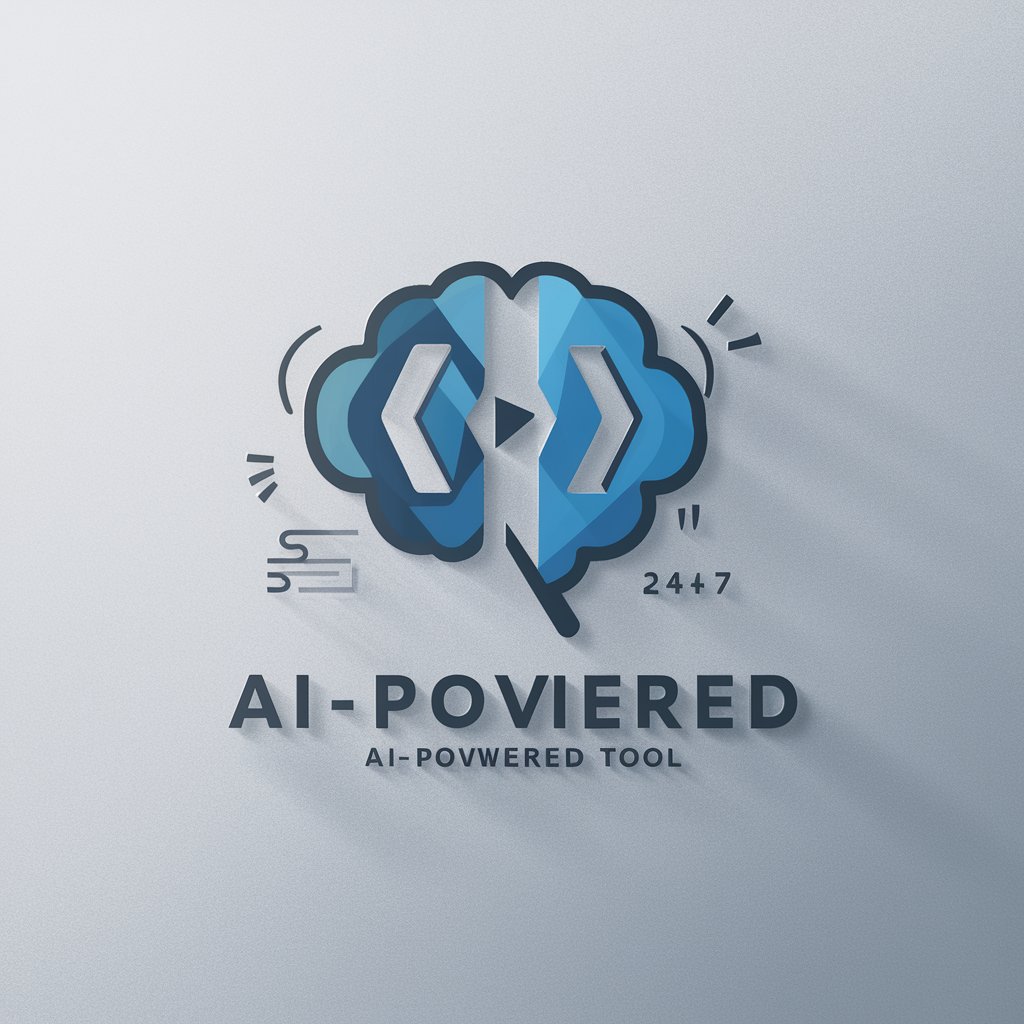
Communauté + Documentation
Empowering Google Ads Success with AI
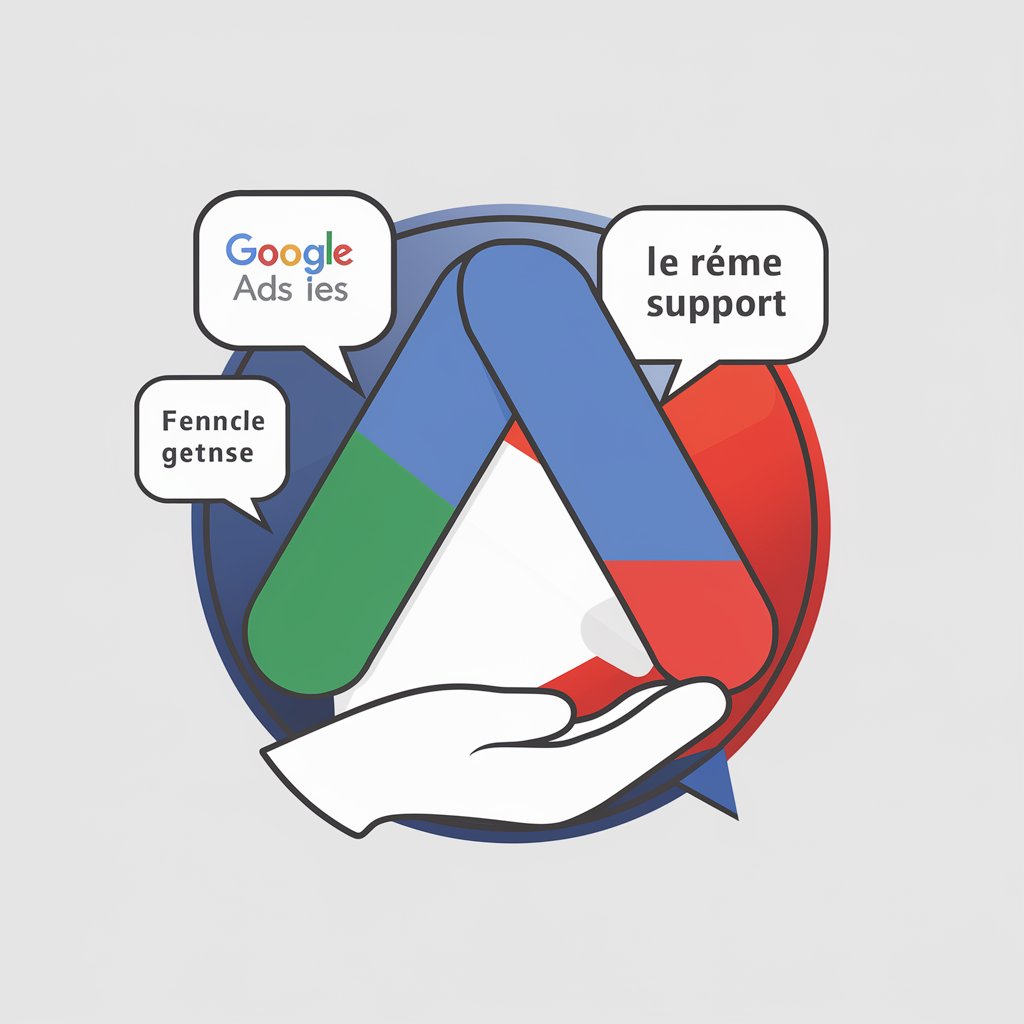
Process Documentation Expert
Streamlining Documentation with AI Power
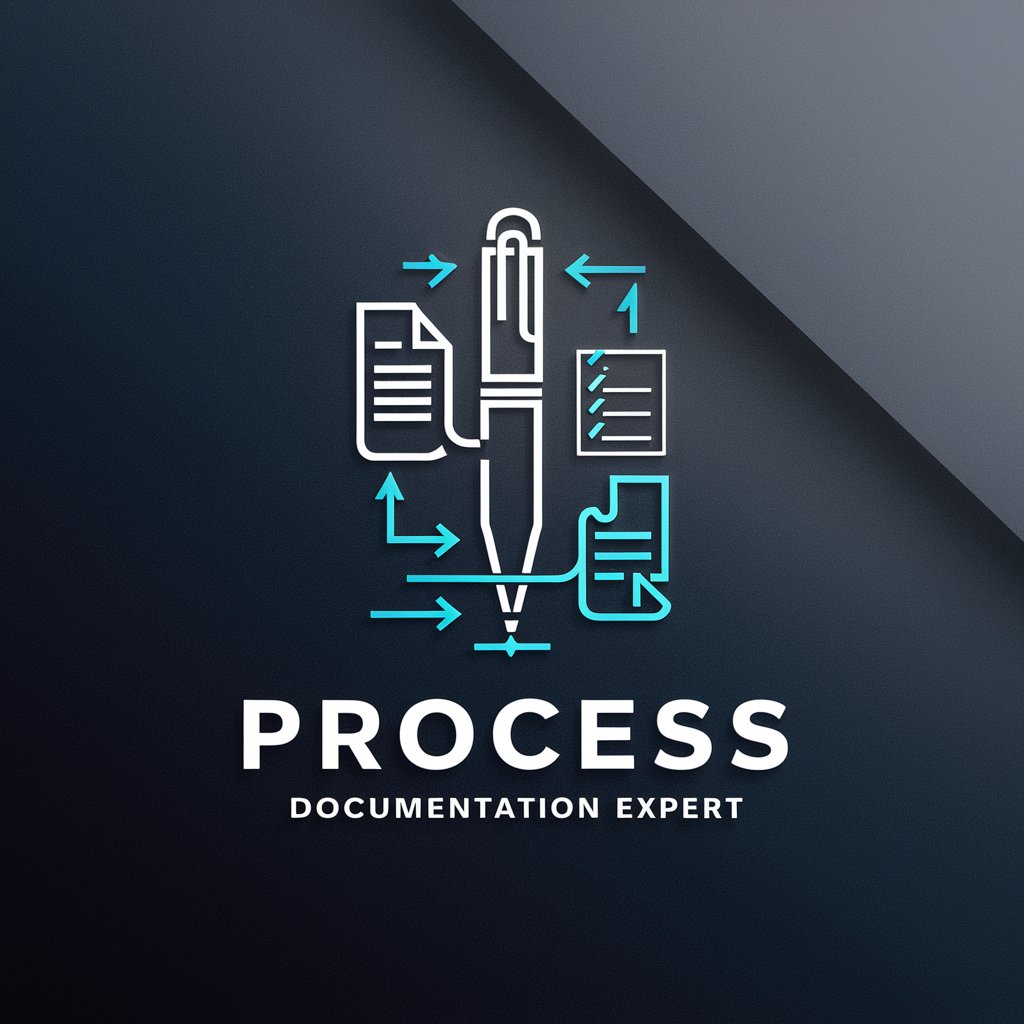
Documentation
Enhance your writing with AI
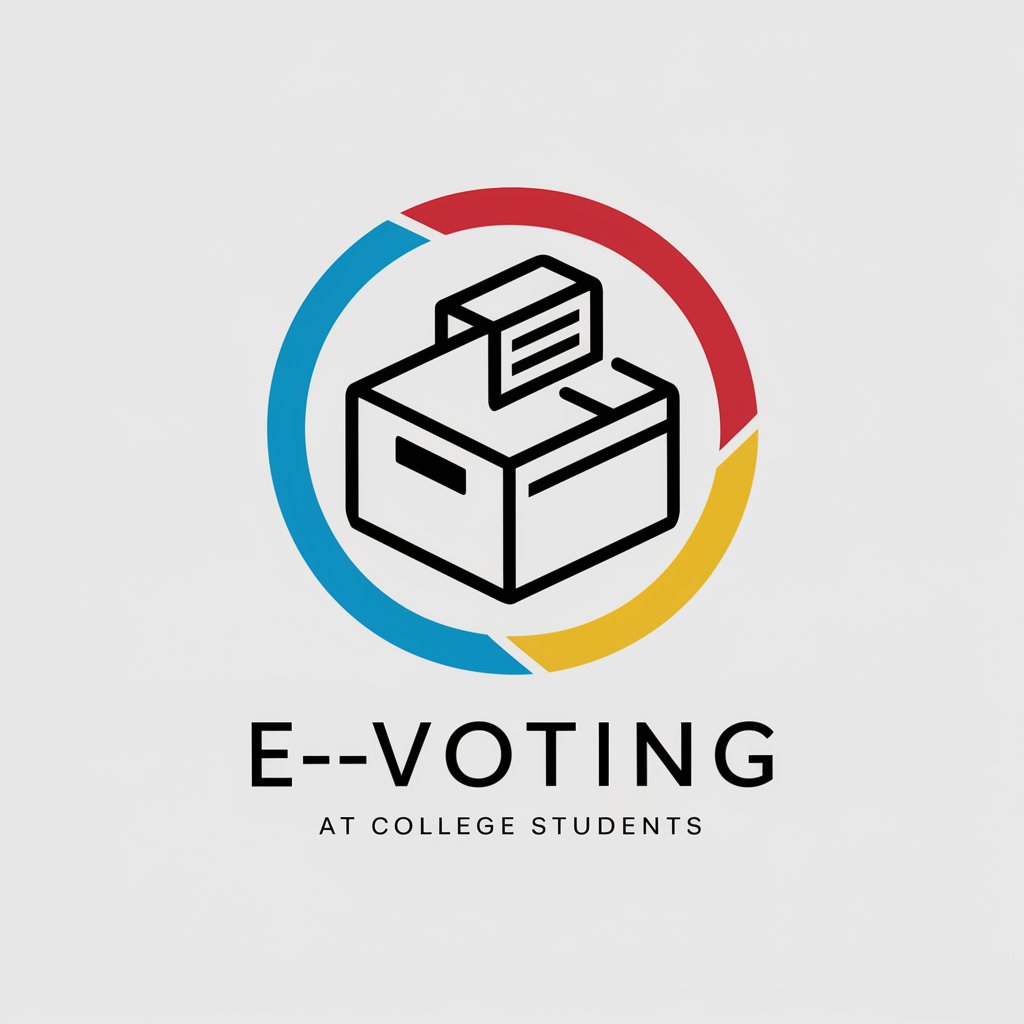
Rap Voice
Transform text into dynamic raps with AI

L.I Voice
Elevate Your LinkedIn with AI-Powered Insights

灯光控制器
Illuminate Your Home with AI

English LL Architect
Empowering IB English with AI

Frequently Asked Questions about Doxygen Documentation
What is Doxygen Documentation?
Doxygen Documentation is a tool that automatically generates documentation from annotated code. It supports multiple programming languages and can produce documentation in several formats.
Can Doxygen document code without comments?
While Doxygen can generate basic documentation from uncommented code, using annotated comments significantly enhances the detail and usefulness of the documentation produced.
How do I document a function with Doxygen?
To document a function, place a Doxygen comment block directly above the function declaration. Include tags such as @brief for a short description and @param for parameters.
Can Doxygen generate UML diagrams?
Yes, Doxygen can generate UML class diagrams from your codebase to provide a visual representation of relationships between classes and interfaces.
How can I customize the look of the generated documentation?
Customize the appearance of your documentation by editing the Doxygen configuration file. You can change output formats, include custom stylesheets, and more to match your project's branding.
